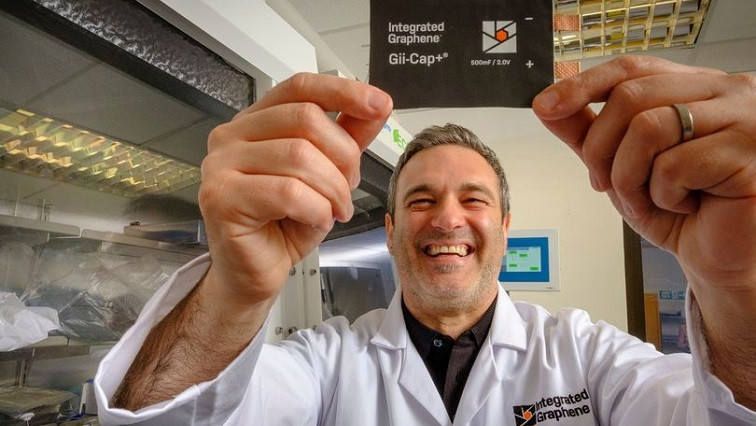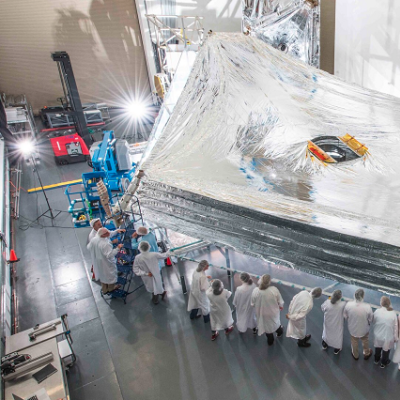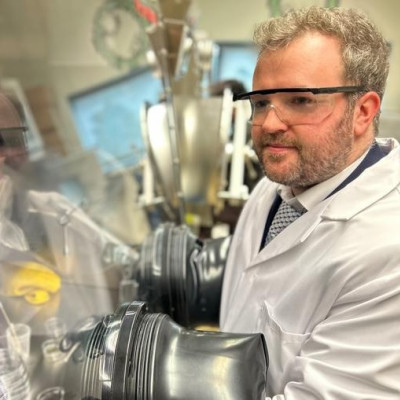Integrated Graphene, which is pioneering the use of 3D graphene known as Gii to transform the human diagnostics and sustainable IoT sectors, is doubling its footprint to meet increased global demand for its Gii-based products and to scale up both R&D and production.
The company’s investment in growth supports 19 high-skilled roles created in the last 12 months, representing a 63% growth in headcount.
New lab space will double the amount of R&D work that Integrated Graphene can carry out in-house on its unique product portfolio and applications for Gii’s biosensing and power storage capabilities.
Following graphene’s discovery in 2004, it has been hailed as a wonder material for its potential across a number of industries and applications, from quantum computing to healthcare. In the biosensor market most companies use single-layer CVD graphene which is not reproducible enough, with too little surface area and is costly to introduce into cost-effective tests that can be placed in the home.
Integrated Graphene has developed a unique breakthrough process to produce a pure sponge-like carbon 3D scaffold (Gii™) that has all the desired properties of graphene yet does not suffer any of its scale-up issues. Gii has potential applications for multiple industries including biosensors, internet of things (IOT), energy storage, pressure and gas sensors.
Integrated Graphene’s flagship product, Gii-Sens is a biosensing electrode for human diagnostics which outperforms traditional sensing materials, allowing for more cost-effective and repeatable tests to be developed with a much higher sensitivity. The company is also in the advanced development stages of a new supercapacitor Gii-Cap which can significantly extend product life and dramatically reduce battery demands of IoT products.
”We’ve only scratched the surface with the potential applications of Gii and look forward to intensifying relationships with Stirling University and other academic partners to understand further capabilities of our novel material,” says CEO Claus Marquordt.
Read the original article on Electronics Weekly.







